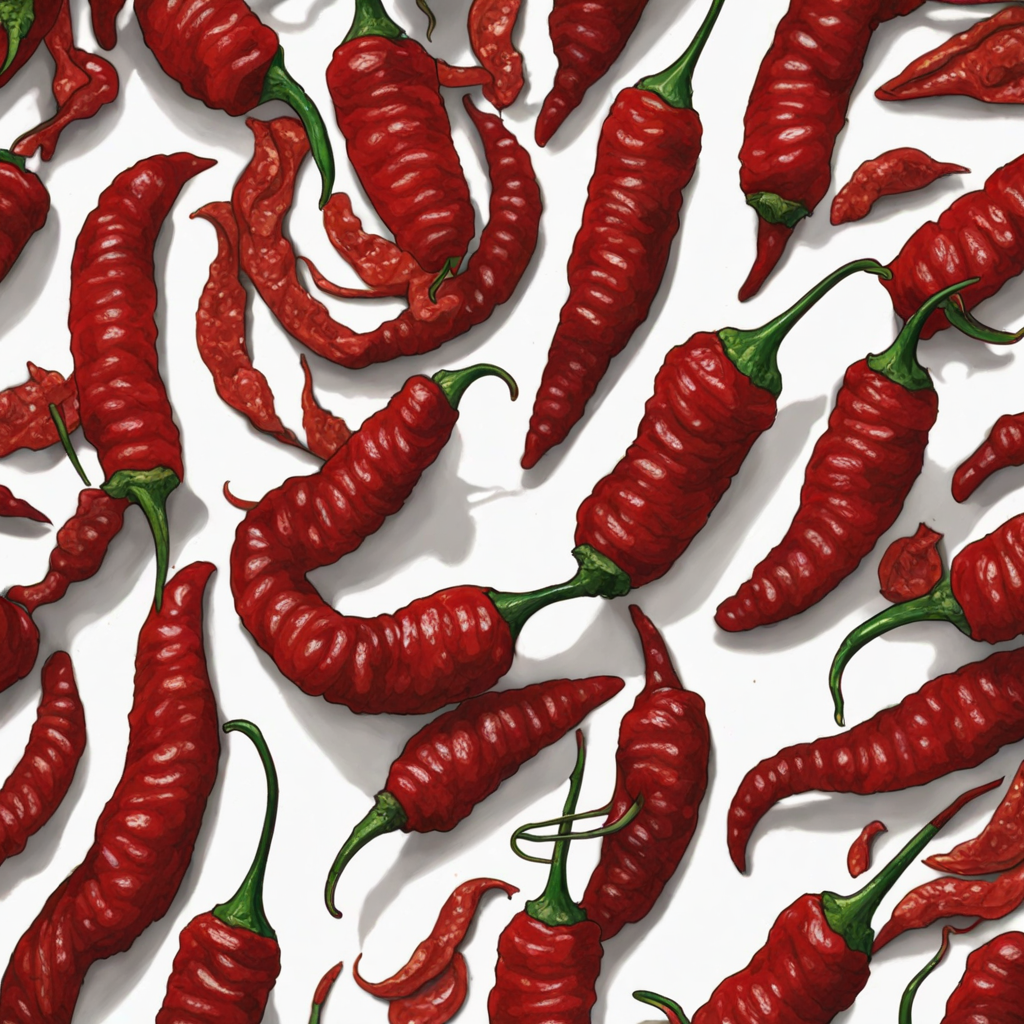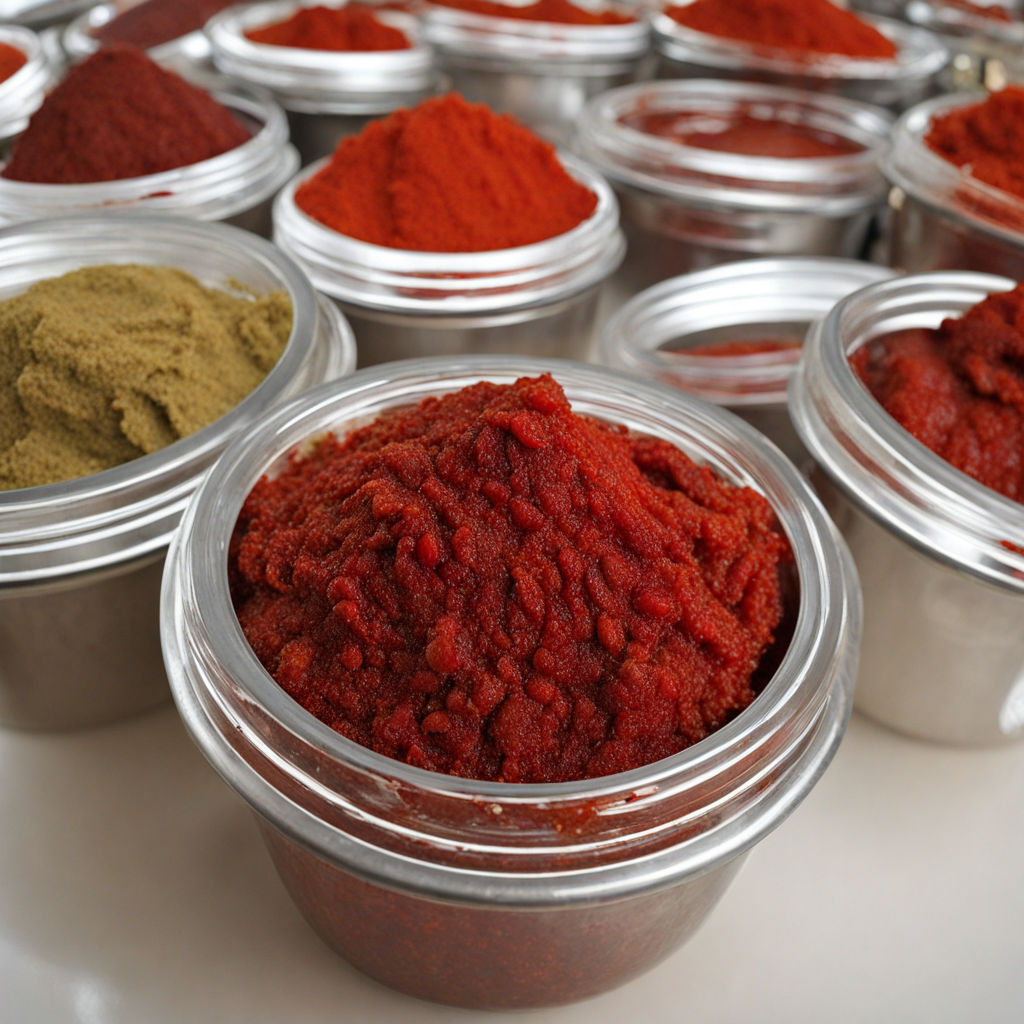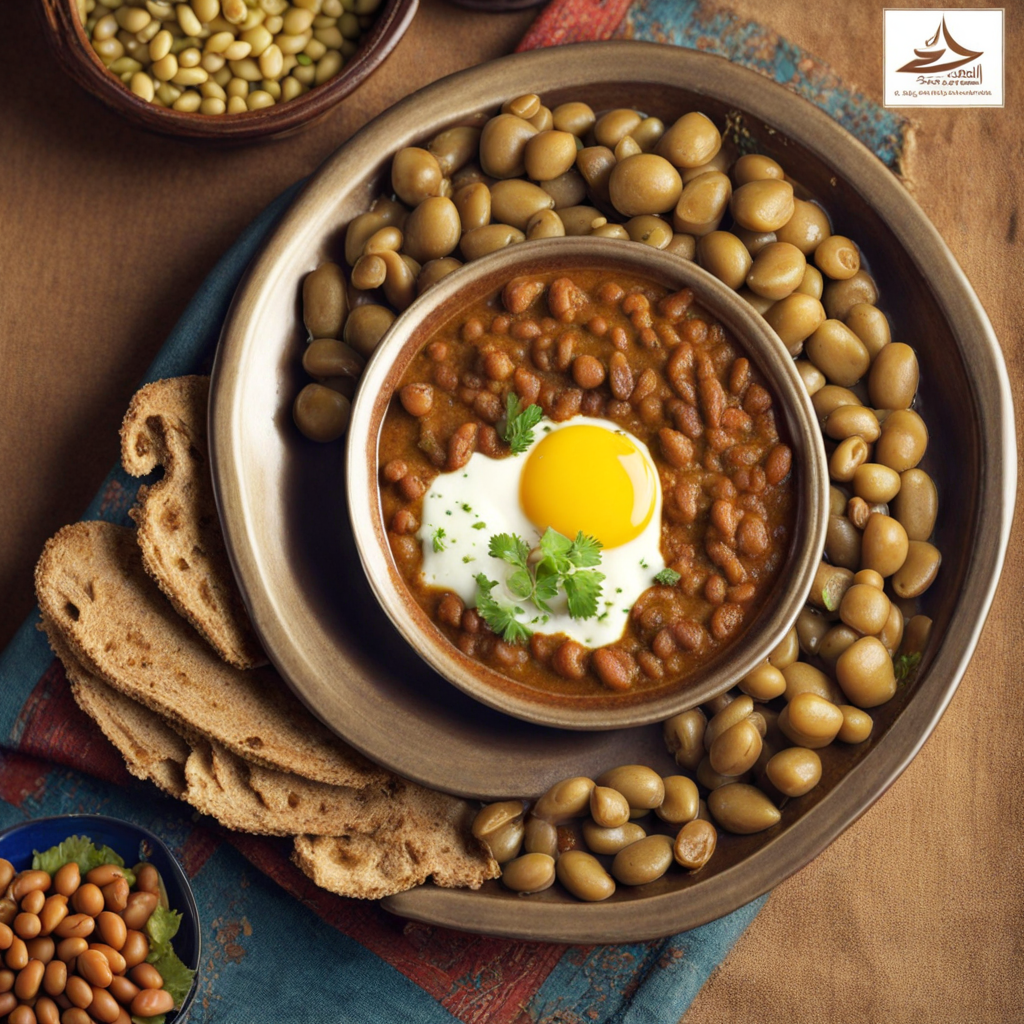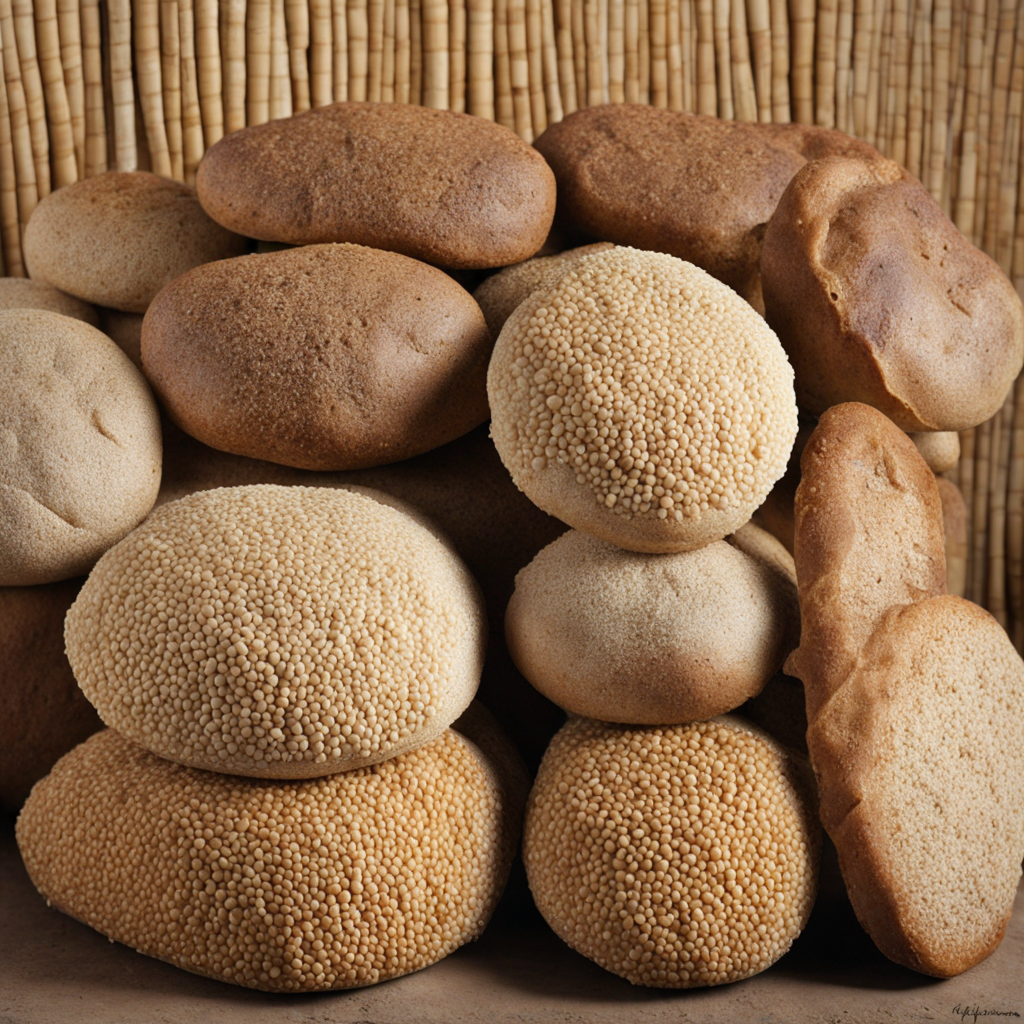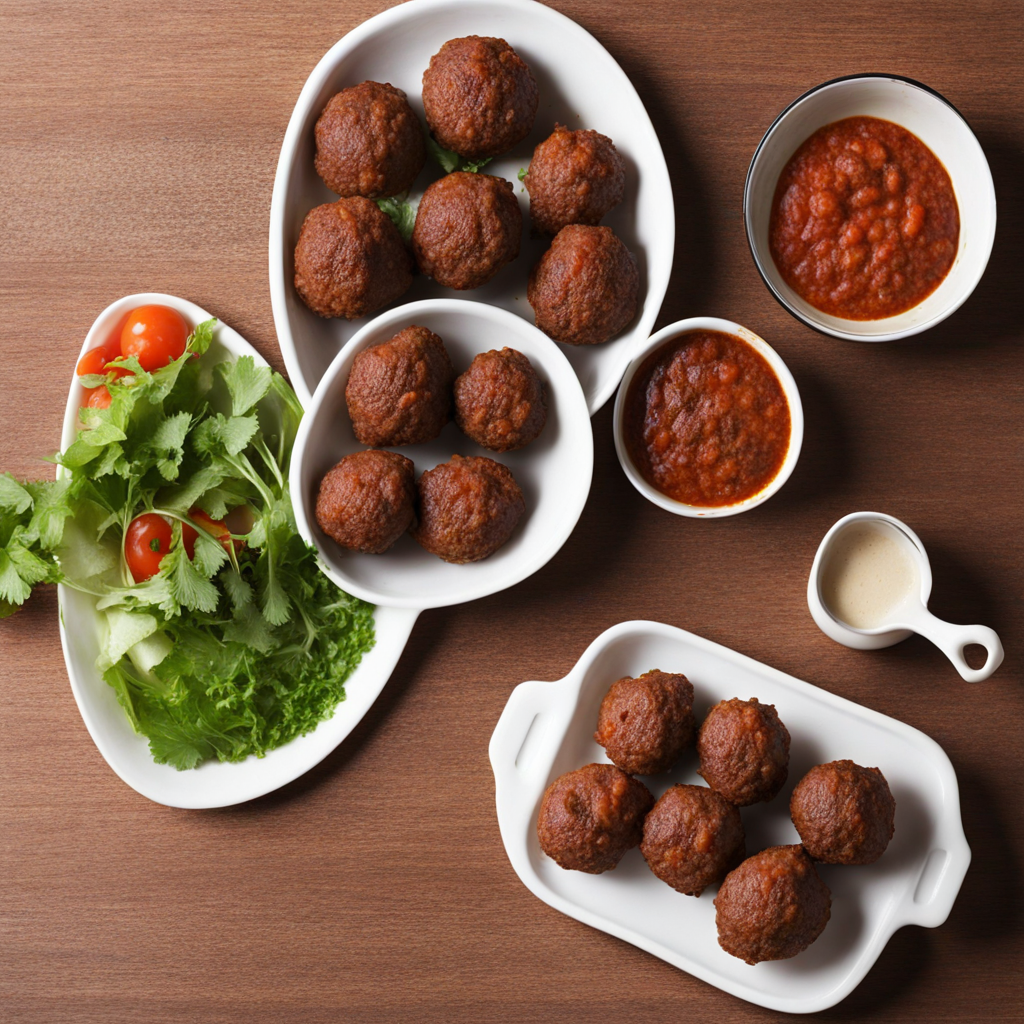Gorashi
Gorashi is a traditional Sudanese dish that captivates the senses with its vibrant flavors and rich cultural heritage. This dish typically consists of a hearty mix of lentils, spices, and vegetables, all simmered together to create a warm and comforting meal. The lentils, which are the star of the dish, are often complemented by a medley of spices such as cumin, coriander, and garlic, each adding depth and complexity to the overall taste. The use of fresh ingredients like tomatoes, onions, and bell peppers not only enhances the flavor but also gives Gorashi its signature colorful appearance, making it as pleasing to the eye as it is to the palate. One of the defining characteristics of Gorashi is its unique balance of flavors—earthy, spicy, and slightly tangy. The lentils provide a creamy texture that melds beautifully with the spices, creating a warm and inviting dish that is both nourishing and satisfying. It’s often served alongside traditional Sudanese flatbread, which is perfect for scooping up the delicious mix. This combination elevates the dining experience, allowing you to appreciate the communal aspect of enjoying food in Sudanese culture. Gorashi is not just a dish; it is a celebration of Sudanese culinary traditions. It is versatile, often adapted to include seasonal vegetables or different types of legumes, making each preparation slightly unique and reflective of the cook’s personal touch. As you take your first bite of Gorashi, you’ll be transported to the heart of Sudan, where the aromas of spices and the warmth of shared meals come together in perfect harmony. This dish invites you to explore new tastes and embrace the richness of Sudanese cuisine, making it a must-try for any adventurous food lover.
How It Became This Dish
The History of قراشي (Qarashi) in Sudan #### Origins Qarashi, a beloved traditional dish from Sudan, is a vibrant reflection of the country’s rich cultural tapestry and agricultural heritage. The origins of Qarashi can be traced back to the diverse historical influences that have shaped Sudanese cuisine over the centuries. The dish primarily consists of a fermented dough made from sorghum or wheat, which is then molded into small cakes and cooked, often in a clay oven or on a hot griddle. Sorghum, one of the oldest cultivated grains in the world, is indigenous to Africa and has been a staple in Sudanese diets for millennia. The cultivation of sorghum dates back to ancient civilizations along the Nile, where it was not only a food source but also a symbol of wealth and prosperity. As a result, Qarashi has its roots in both the agricultural practices of early Sudanese societies and their culinary innovations. #### Cultural Significance Qarashi holds a unique place in Sudanese culture, serving as more than just a meal; it is a symbol of communal identity and tradition. The preparation and consumption of Qarashi often occur during significant cultural celebrations, such as weddings, religious festivals, and family gatherings. The process of making Qarashi is typically a communal effort, bringing families and friends together, promoting social bonds and reinforcing cultural ties. In many Sudanese households, the preparation of Qarashi is passed down through generations, with each family adding its own twist to the recipe. This familial aspect not only preserves the traditional methods of making Qarashi but also fosters a sense of belonging and pride in one’s heritage. The dish is often enjoyed with a variety of accompaniments, including stews, sauces, or vegetables, making it a versatile staple that reflects the local agricultural bounty. #### Development Over Time As Sudan has evolved through the ages, so too has Qarashi. The dish has adapted to reflect changes in agricultural practices, trade routes, and cultural influences. With the advent of the trans-Saharan trade routes in the medieval period, Sudan experienced an influx of spices, ingredients, and cooking techniques from North Africa and the Middle East. This exchange enriched the culinary landscape of Sudan, and while Qarashi remained a staple, it began to incorporate new flavors and styles of preparation. During the 19th century, the Sudanese region underwent significant sociopolitical changes, particularly during the Mahdist War and subsequent British colonization. These shifts not only altered the landscape of Sudan but also affected its food culture. While traditional dishes like Qarashi continued to be made, the introduction of new cooking technologies, such as the use of gas and electric stoves, transformed how the dish was prepared. Despite these changes, the essence of Qarashi remained intact, serving as a bridge between the past and present. In the late 20th century, Sudan faced various challenges, including conflicts and economic instability. These hardships impacted food security and access to traditional ingredients, leading to a re-evaluation of the ways in which dishes like Qarashi were made. Many families turned to local, sustainable sources to ensure the continuity of traditional practices. This resurgence of interest in local ingredients and traditional methods has led to a renewed appreciation for Qarashi, and other traditional dishes, as symbols of resilience and cultural heritage. #### Modern Day and Global Influence In contemporary times, Qarashi has gained recognition beyond Sudan’s borders. The globalization of food culture has allowed for the introduction of Sudanese cuisine to a broader audience, particularly through diaspora communities. Sudanese immigrants have brought Qarashi to restaurants and homes around the world, introducing it to new palates while maintaining its traditional roots. Modern chefs and food enthusiasts are increasingly exploring the flavors of Sudanese cuisine, and Qarashi is often featured in culinary festivals and events aimed at showcasing African gastronomy. This global interest has prompted a revival of traditional recipes, with some chefs experimenting with fusion ideas, incorporating elements from other cuisines while still honoring the core ingredients and methods of preparation. The rise of social media has also played a substantial role in this revival. Platforms like Instagram and TikTok allow home cooks and professional chefs alike to share their takes on Qarashi, fostering a community of food lovers who celebrate the dish’s history and significance. This digital age of food sharing has created a platform for storytelling, where the narratives surrounding Qarashi and its cultural importance are shared widely, ensuring that new generations remain connected to their culinary heritage. #### Conclusion In summary, Qarashi is much more than a simple dish; it is a testament to Sudan’s agricultural history, cultural identity, and resilience. From its ancient roots in sorghum cultivation to its present-day status as a symbol of Sudanese culinary heritage, Qarashi reflects the complexities and richness of Sudanese society. The communal nature of its preparation and consumption fosters a sense of belonging, while its adaptability showcases the enduring nature of tradition in the face of change. As Sudan continues to navigate the challenges of modernity, Qarashi stands as a reminder of the importance of preserving cultural practices and celebrating the flavors that unite communities. Whether enjoyed at a family gathering in Sudan or in a restaurant halfway around the world, Qarashi remains a cherished dish, connecting people to their history and to one another through the universal language of food.
You may like
Discover local flavors from Sudan


